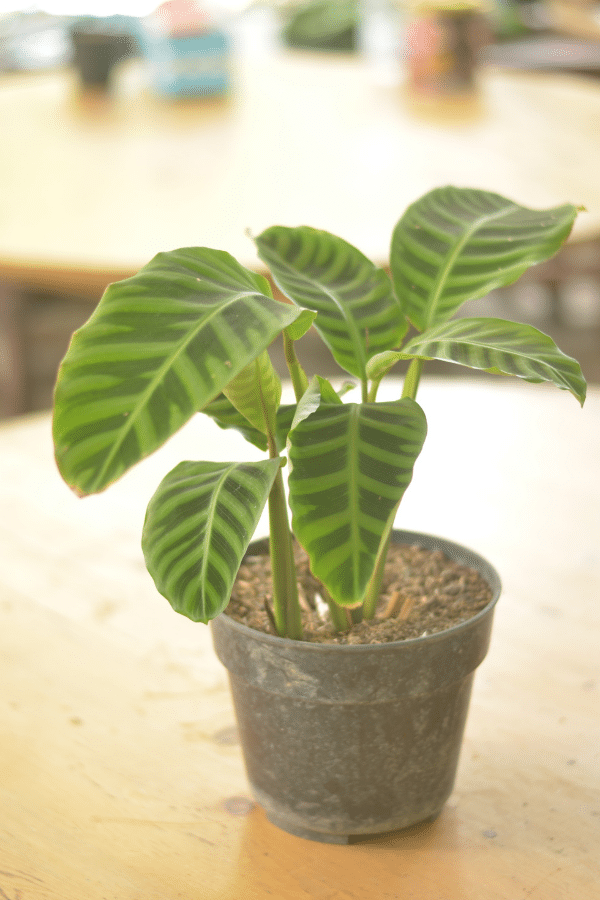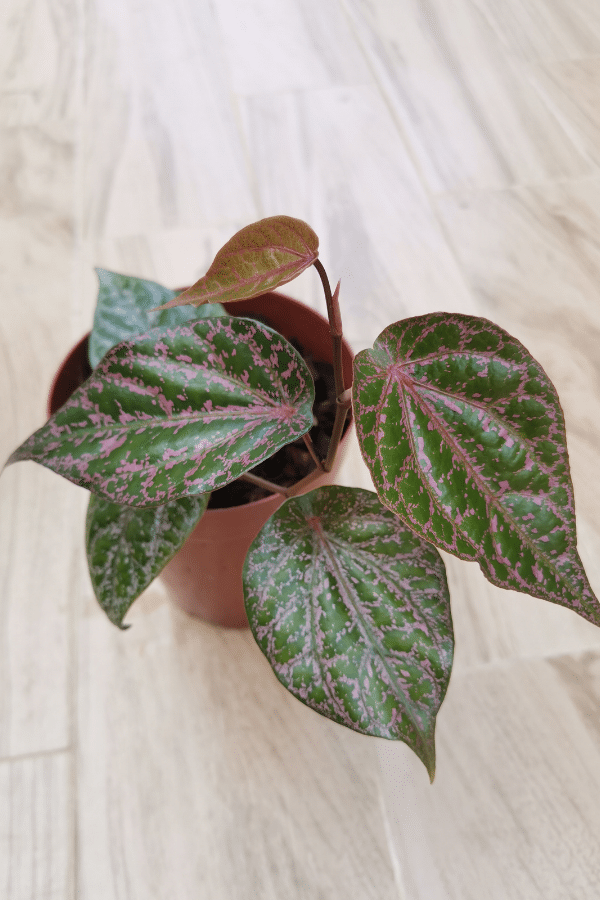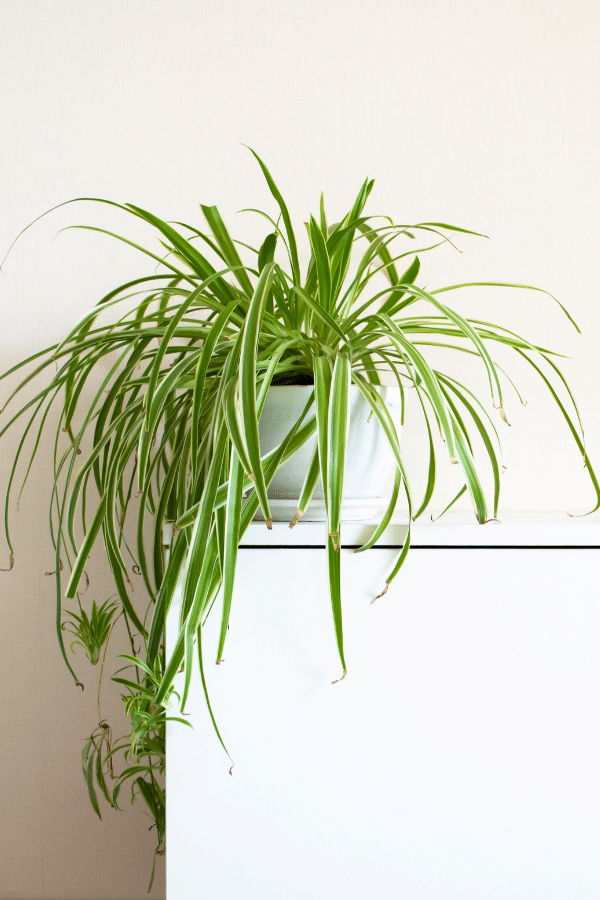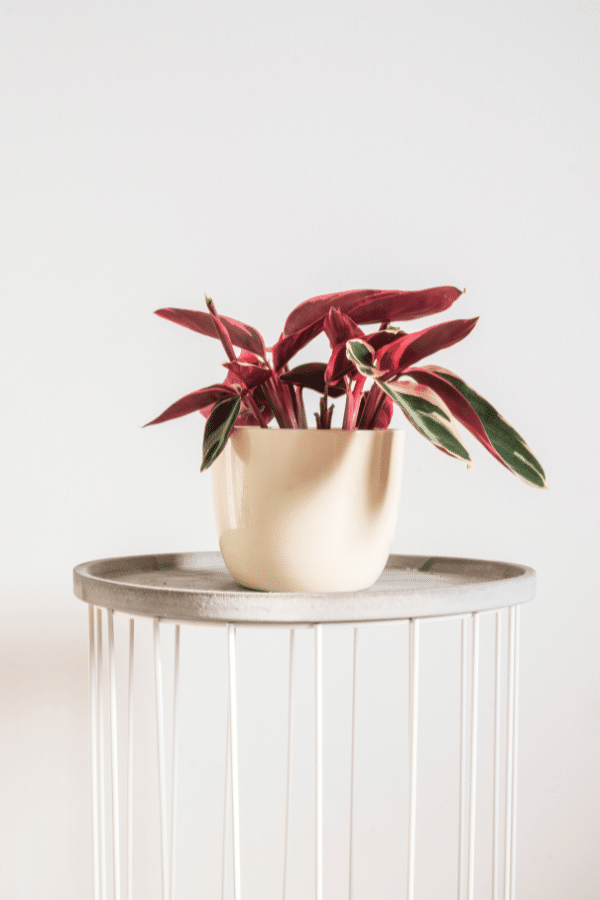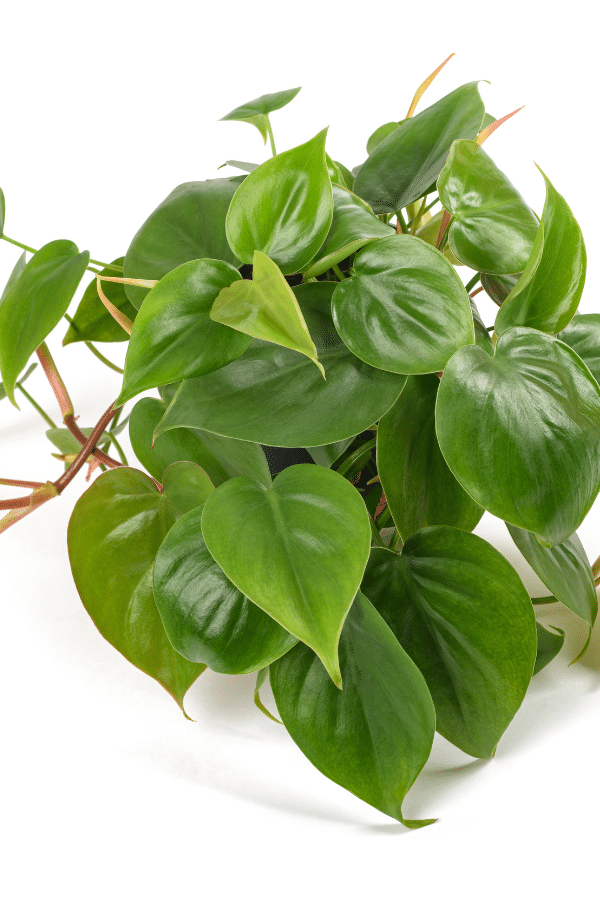Rosemary
Scientific Name: Salvia Rosmarinus
Common Name: Rosemary Tree, Rosemary Herb, Rosemary Plant
Rosemary trees are used for many different things, such as an herb for cooking, Christmas decorations, they even make great gifts for gardeners and cooks alike. In this article, you’ll find out exactly how to care for rosemary.
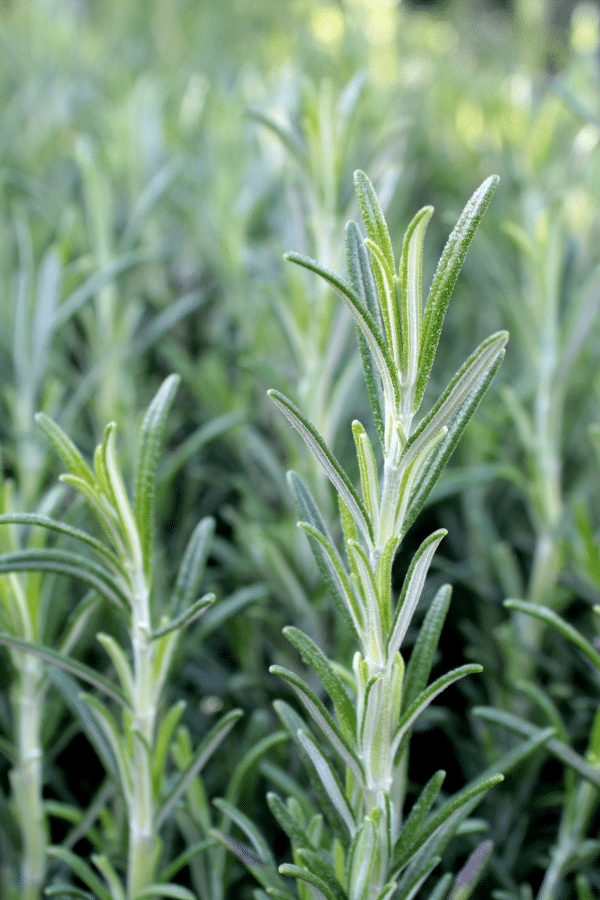
The rosemary tree is a popular choice as a Christmas decoration. People often decorate these trees during Christmas time with small ornaments and LED fairy lights, which will not cause harm to the plant.
Coming from the Mediterranean Sea, rosemary does finest in cozy areas with reasonable moisture, where it can grow into a bush numerous feet in height. As a matter of fact, rosemary expands so vigorously in ideal situations that it can end up being a bit of a concern if not taken care of correctly!
Since the rosemary tree is a perennial, it can be grown outdoors in zones 7 and warmer. Zones 6 and colder should be sure to bring in rosemary during winter.
Indoor, the rosemary tree likes high humidity, lots of sun, and likes to be below 60F but not below 30F at night.
Rosemary Tree Identification
The rosemary tree can be identified as having needle-like leaves, evergreen colored, and looks like a bush. Rosemary tree ranges in height between 2 – 4′. Rub your hands against this plant and you will feel the soft leaves and it will give off a delicious aroma. During the holiday season, you will see rosemary trees as very conical in shape, almost resembling a smaller Christmas tree. However, rosemary trees can be pruned in lots of different ways.

Rosemary Tree Growth Facts
Whether growing rosemary indoors as a houseplant or outdoors in the garden, it needs pretty similar conditions for the plant to grow.
When growing as an outdoor plant, rosemary needs 6 – 8 hours of sun per day and needs sandy soil that will drain well. If planting in zones 6 or colder, it’s better for the plant to be planted into a pot so it can be taken indoors in winter. Something porous and allows for adequate drainage is needed, so a terra cotta pot works great.
Indoor as a houseplant, rosemary still needs 6 – 8 hours of sun per day so placing it on a window sill will help it to thrive. High humidity and low moisture are needed for this plant, but it doesn’t like to constantly be wet. As far as potting mix to use, use a slightly acidic pH soil that drains well. Be sure to repot rosemary every year as it is prone to root rot, which will inhibit growth.
Let’s dive more into all of the rosemary tree care information in the next section.
Rosemary Tree Care
Soil
You can find rosemary naturally growing in the hills of the Mediterranean in southern Europe. The soil there has low fertility and is quite sandy which helps it to drain well, keeping for a happy rosemary plant. Rosemary’s ideal pH of the soil is 6-7.5.
Rosemary Houseplant Soil
Rosemary can grow very well in pots, making it great for use as a houseplant! When creating the soil for rosemary, combine 30% sand or horticultural grit with 70% peat moss free compost. This will help to emulate the sandy soil in the Mediterranean for optimal rosemary growth.
The reason to not include peat moss in rosemary is due to the fact that peat moss basically bakes in complete sunlight, which rosemary needs, as well as becomes hydrophobic when the water dries, meaning it actually repels water from the top of the potting soil. This causes the water to run down the side of the pot without penetrating and reaching the roots.
Repotting the rosemary is necessary once a year, ideally in the spring. Repotting will help to prevent root rot, as this is one of the most common reasons that rosemary can die. When repotting, be sure to repot in a pot that is about 2-4″ bigger than the old one and pot in a porous pot, like terra cotta.
Rosemary Outdoor Soil
The ideal outdoor soil is very similar to the houseplant soil: sandy with low fertility so the plant is able to drain well. Don’t plant rosemary in soil that has added wetting agents and don’t add a fertilizer either. No matter where you live, it is a good idea to plant your rosemary in a pot, even if you place it indoors or outdoors.
Watering
Rosemary is somewhat drought-tolerant, so they forgiving where water is concerned. Let the soil dry out completely between waterings. Keep an eye on the needles: if the needles turn yellow, the plant has been overwatered. Keep on a schedule of watering it about every 1-2 weeks, but before watering, be sure the soil is dried out.
Sun & Shade
Rosemary needs to have full sun, around 6 – 8 hours per day. If planting outdoors, place in a spot that gets sun for most of the day. If planting in a pot indoors, place near a south-facing window and be sure to rotate it so the plant gets sun all sides evenly.
Rosemary will not grow in shaded and will eventually die from inadequate sunlight.
Temperature & Humidity
The ideal temperature range for rosemary is 55F to 80F degrees with temperatures absolutely not dropping below 30F. Rosemary thrives in hot dry climates. High humidity can lead this plant to root rot.
With the ideal temperature range for the rosemary plant being 55 to 80 degrees, normal indoor house temperatures are usually ideal for them to thrive. The main issue will be the humidity. However, the humidity can be managed with a dehumidifier or humidifier to maintain a lower level of humidity.
Maintenance & Pruning
When growing a rosemary plant, there is not much maintenance or pruning needed. Some rosemary plant owners may choose to prune their plant for different reasons whether it be for the way they want the plant to look or to gather the herbs for use.
When trimming, it is important to only do this in spring and summer. It’s also important to not put too much stress on the plant. If you need/want to remove more than 1/3 of any branch or rather 1/3 of the plant, you need to do it in stages. Pruning too much of the plant will cause too much stress, which inhibits growth or even worse, death. For a happy plant, follow the instructions above and wait at least 3 months to do any more pruning and be sure to still follow the 1/3 rule.

Propagating
Instead of purchasing a new rosemary plant, take cuttings from your existing rosemary and create a new plant. Here’s how to propagate rosemary.
Step 1
With clean, sharp scissors, cut a branch 6″ back from a fresh growing tip, don’t cut from a brown or woody branch. Cut anywhere from 2 – 6 branches to ensure at least a few root.
Step 2
With clean hands, strip the needles away from the branches on the lower 2″ of the stem.
Step 3
Place the cuttings in distilled room temperature water. Avoid lots of sunlight while they get roots. Change the water with distilled room temperature water every few days.
Step 4
Roots should start developing in 4 – 8 weeks, depending on the temperature and humidity levels. The needles should still be intact and there should be about 6 roots growing on the bottom that are 1/2″ in length. This is a successful propagation and it is ready to be planted in sandy soil that has well drainage. If there are no roots at the bottom or the needles have fallen, these cuttings did not make it and should be discarded.
Rosemary Tree Toxicity
Toxicity to Dogs
- Non-toxic
Toxicity to Cats
- Non-toxic
As the rosemary tree is an herb, it is safe for humans to eat. Rosemary is not toxic to cats or dogs. However, if consumed, it can cause an upset stomach in cats and dogs. Be sure to not let your cats and dogs nibble on the rosemary tree.

Rosemary Diseases
The main disease to watch out for in rosemary plants is powdery mildew and root rot. Powdery mildew tends to set in in the winter. You will be able to notice this disease on the needles of the plant, a white powdery substance will infect some parts of the plant. The powdery mildew comes from the warmer temperatures indoors. To avoid this disease on your rosemary plant, consider placing it by a somewhat drafty window but still keep it around 60F.
If your plant is affected by powdery mildew, there are a couple of different ways you can make a simple homemade solution that will help to destroy the mildew.
Baking Soda – Simply mix 1 tablespoon sodium bicarbonate (baking soda) and 1/2 teaspoon of liquid soap together in a gallon of water.
Milk – Combine 1/2 cup milk with 1 cup water and spray on the affected areas.
Rosemary Pests
Rosemary plants attract aphids, spittlebugs, thrips, mealybugs, and scale. These are all common pests that can be brought in by other plants you purchase at the store or can appear from elsewhere. It is important to treat the infestation right when you find it with the least toxic remedy to ensure you don’t kill the plant in the process.

